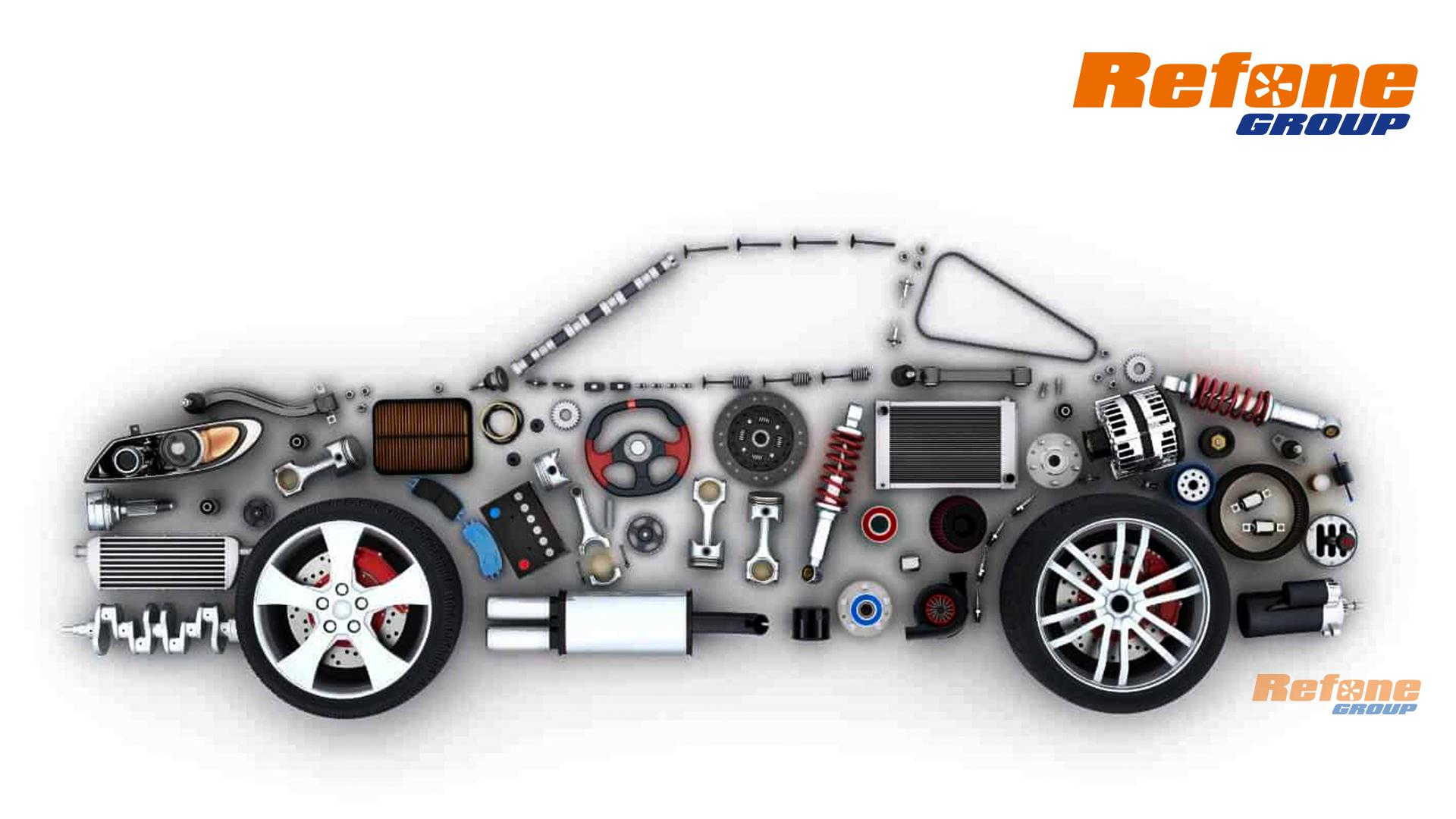Any car enthusiast has heard the terms OEM car parts and aftermarket car parts. Everyone has their own opinions and preferences when it comes to purchasing parts, or getting repairs done on their car. If you’re bringing your car into a dealership for repairs, chances are all of your parts are OEM, where as independent repair shops often use aftermarket parts. Is there a difference between OEM and aftermarket parts? Today, we’ll break down the Pros and Cons of each, to help you decide if OEM parts or aftermarket parts are the best choice for you.
OEM Parts
Let’s start with the basics. What does OEM stand for? OEM stands for original equipment manufacturer. By definition, OEM means that whatever car part you’re purchasing, it’s coming directly from the manufacturer of your car. Some parts, however, are not made directly from the manufacturer. Ford, for example, may use spark plugs made by a third-party. This means that those exact spark plugs are considered OEM, despite Ford not technically manufacturing them. OEM is about staying true to the original parts in a car when bought new.
Aftermarket Car Parts
Aftermarket parts can be a great choice for your replacement parts. The definition of aftermarket parts is simply parts made by anyone other than the original manufacturer of your vehicle. Other terms commonly used for aftermarket parts are generic parts, competitive replacement parts, or just Non-OEM parts. There’s sometimes worry that using aftermarket car parts is unsafe, or that the quality will be much worse than OEM parts. Let’s take a look at how aftermarket parts compare to OEM parts.
So which is better?
Are OEM parts better than aftermarket parts? Unfortunately, there’s no true answer. After comparing the differences between OEM and aftermarket parts, both have reasonable advantages and disadvantages. Picking OEM vs Aftermarket parts isn’t easy to do objectively. OEM parts are an easy pick if you just want to replace a part with the exact same part. You’ll know the quality of what you’re getting, but you may end up paying a bit extra for this, and will likely need to order in a part, as opposed to simply bringing your car to your mechanic. Aftermarket parts have a lot of competition, which can bring costs down and quality up, but with so many choices, it can be overwhelming to pick a part that you’ll comfortably know outperforms the competition. What is certain though, aftermarket parts are not unsafe, or made cheaply. Most aftermarket parts are going to work just fine, even if they cost less than the OEM counterpart.
Recommend Refone turbos to you.
Refone Group are specializing in turbos and parts since 2011. Our products enjoy high-quality,multispecies,reasonable price ans fast delivery.Our factory has introduced a series of advanced equipment including VSR balancer, Flow Bench, 3-Coordinate measuring machine, 3D scanner, Optical Image Tester, etc. for the quality inspection. A complete QA system has been established including R&D system, MES production system, QC system, APOQ&FMEA, ERP management system. Selling well across the world, our products with brand RAIKO are mainly exported to clients in such countries and regions as USA, Canada, Australia, Latin America, Poland, Russia, Netherland, Thailand, Malaysia, the Middle East and so on. Refone Distributors have been set in Columbia, Mexico, Peru, Uruguay, Dominica, Guatemala, Algeria already and new distributors recruiting are always going on. We also welcome OEM and ODM orders. Whether selecting a current product from our catalog or seeking engineering assistance for your application, you can talk to our customer service center about your sourcing requirements at any time.
Are you an OEM part person, or do you prefer aftermarket parts? We’d love to hear from you and welcome to contact and order from Refone.

 Online Service
Online Service +86 551 65617152
+86 551 65617152 info@refoneturbo.com
info@refoneturbo.com +8618133658728
+8618133658728